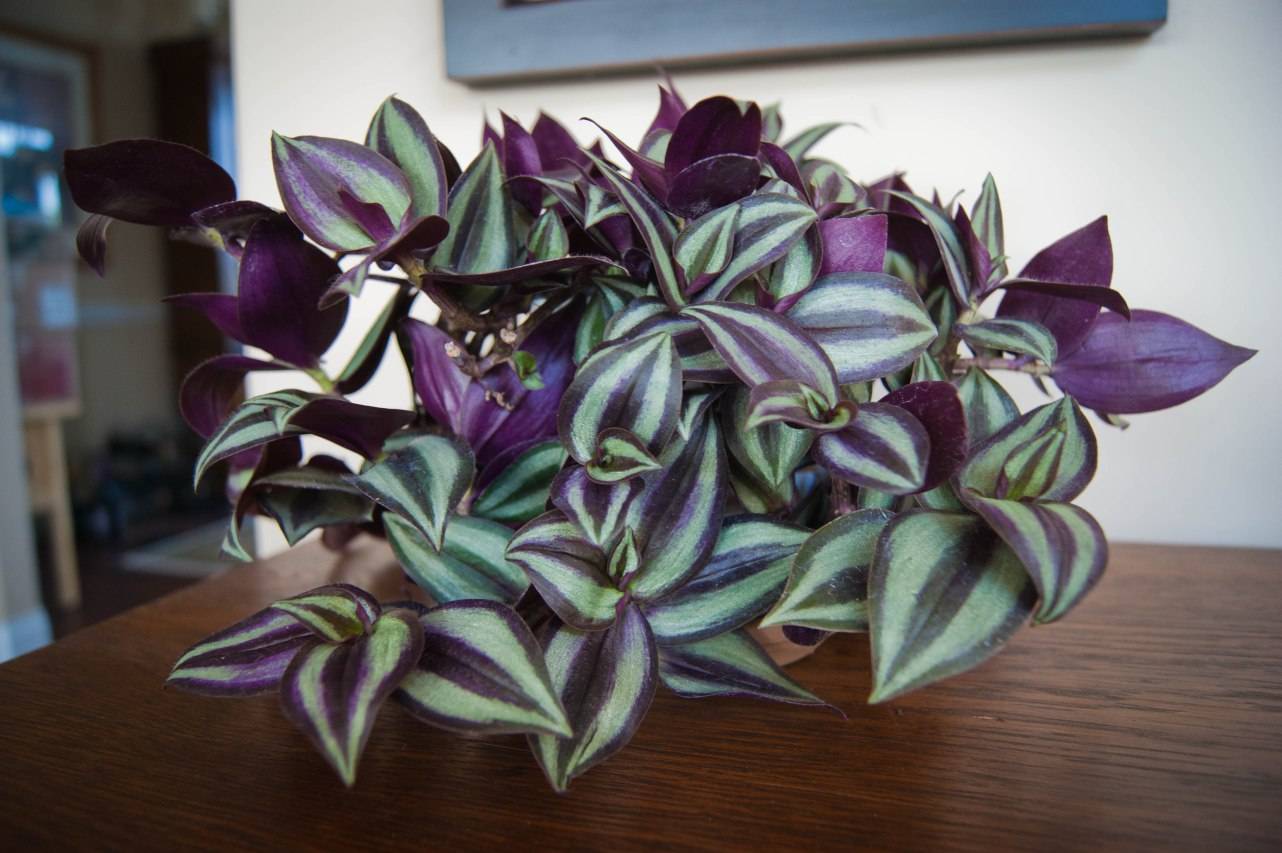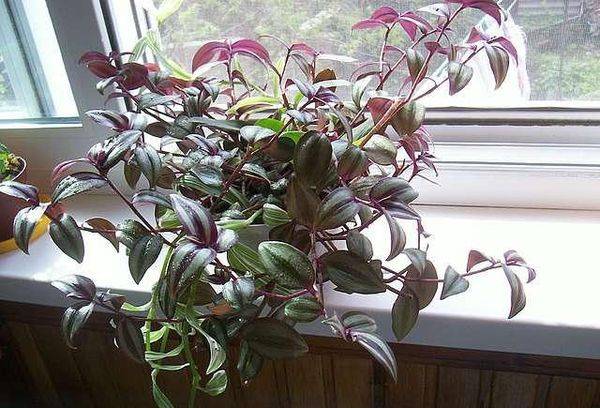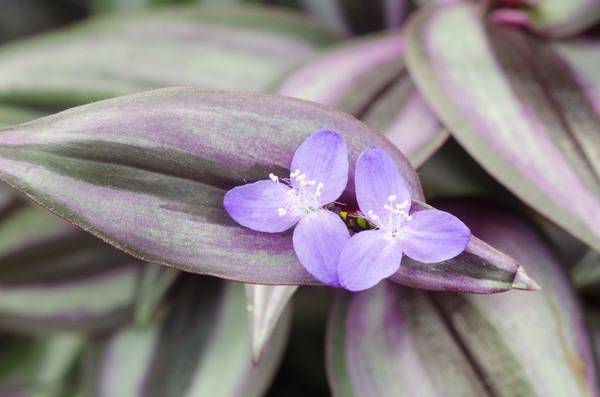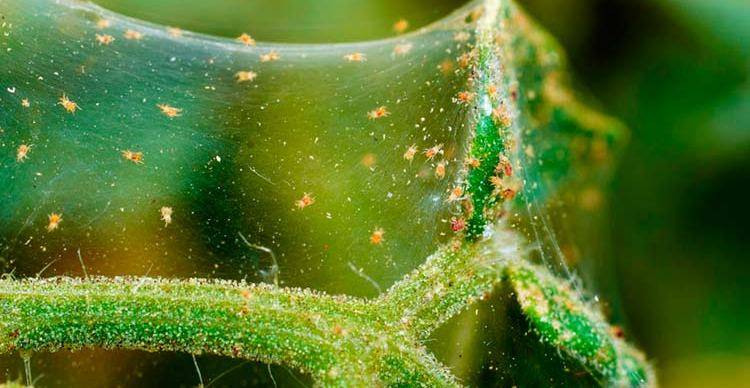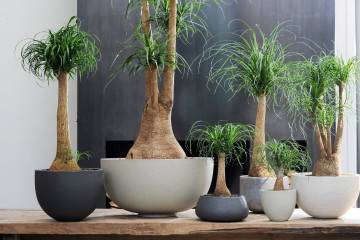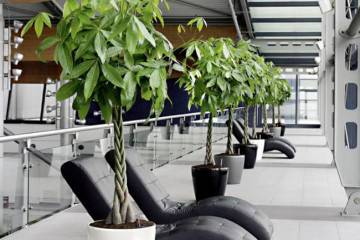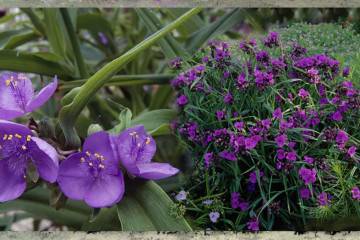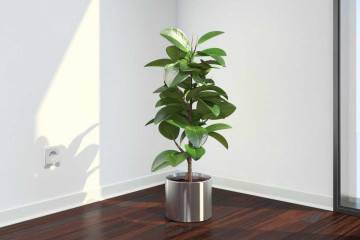Tradescantia Zebrina - home care
Content:
Tradescantia Zebrina is a tropical plant that is grown as an ampelous flower. It is distinguished by decorative greenery, does not require special care.
What does it look like, which family it belongs to
It is a perennial evergreen plant. Belongs to the Kommelinov family.
The creeping stems are purple-purple, juicy. Reach a height (length) of 0.4-0.6 m. Inflorescences are located in the axils at the tops of the shoots.
The leaves are alternate, sessile. They are broadly lanceolate, rounded at the base or oval and pointed at the end. They reach 7 cm in length, 3 cm in width. They have features depending on the variety:
- hanging zebrina - large, bare, ciliated. From the inner region they are purple-scarlet, from the outside along the sides of the central vein there are 2 silvery stripes on a reddish-green background;
- purple - the inside is purple, the outside is red-emerald, with a small fluff. There are no clear silvery stripes;
- flocculosis - whitish, with soft pile;
- tradescantia zebrina lilac (purple) - red-lilac with two whitish-green stripes.
History of appearance
The plant was named after the father and son of the Tradescants. They were English naturalists, travelers, and flora collectors.
Homeland
The birthplace of Tradescantia is the tropics and temperate zones of America. The natural range stretches from the north of Argentina to the south of Canada.
Features of home care
Care for a zebrin flower is easy. It is enough to provide optimal conditions for growth.
Temperature
Optimum - + 18 ... + 25 ° C. However, the zebrin flower is able to withstand higher temperatures. In winter, the room must be kept cool, but not lower than + 13 ° C. This will prevent intensive growth and stretching of shoots, foliage fading.
Lighting
Bright, diffused light is recommended. At noon, it is necessary to shade from ultraviolet radiation.
Watering
The soil in the pot should always be slightly damp, but not wet. With dry soil, the bush will begin to droop, with an excessive amount of moisture, the roots will rot.
Humidity and spraying
Tradescantia zebrina (zebra-like) is a moisture-loving flower. He needs regular spraying and occasional shower rinsing.
Priming
Zebrina grows well on loose nutrient soil with neutral or weak acidity. Previously, it is necessary to lay out a drainage layer of expanded clay, crushed brick or small stone in the pot.
For planting, you can purchase ready-made soil, add 1/4 of the sand of the entire mass. The soil mixture can be prepared independently from:
- leafy land;
- turf;
- humus;
- coarse river sand.
The components are mixed in a 2: 1: 1: 1 ratio.
Top dressing
Complex fertilizers are applied during the growing season, in spring and summer - every 2 weeks. In autumn and winter, the plant needs rest.
When and how it blooms
Zebrina rarely blooms at home.
Types of flowers
It blooms with small pinkish or purple flowers. They bloom at the top in the leaf axils.
Flower shapes
The flowers are radially symmetrical, with two petals. The calyx and corolla are multi-leaved.
Flowering period
In the wild and rarely at home, it blooms from May to late August. The flowering period does not cause allergic reactions.
Pruning
It is necessary to pinch the tops of the lateral shoots so that the bush is lush, but at the same time it does not grow much. Old, dry branches should be cut off periodically.
How does it multiply
Tradescantia reproduces in several ways.
Reproduction by children
This is the most efficient and easiest way to reproduce:
- cut off the top with 3-4 leaves from the shoot;
- dig in for rooting. Provide abundant watering;
- it is not necessary to cover with glass or film. Shoots will take root without a greenhouse after 1-1.5 weeks.
When the bushes begin to grow actively, they need to be planted in separate pots.
Seed propagation
Step-by-step actions:
- distribute the seeds evenly over the ground, without pressing hard;
- moisten the earth with a fine spray bottle;
- cover with glass or foil. Place in a bright, warm place at a temperature not lower than + 20 ° С;
- remove the shelter daily to ventilate and remove condensate from the walls;
- when shoots appear, remove the shelter;
- monitor the moisture content of the earth. Do not allow it to dry out;
- the strengthened bushes dive into separate pots (when 4 true leaves appear on them).
Sowing of seeds takes place in the spring.
Plant division
When the bush has grown a lot, it can be divided into several small ones. Division must be done during transplantation. Carefully divide the rhizome into parts, place in separate pots. Shade the bushes for the first week, water them moderately.
Transfer
From the transport container, the plant can be replanted one week after purchase, when it adapts to the environment. The new pot should be 2-3 cm larger than the previous one, wide, but shallow.
In the future, young bushes need an annual pick. Adults - every 2 years. This is done by transshipment so as not to damage the root system.
Possible growing problems
Zebrina is a hardy plant that rarely affects diseases and pests.
Pests
Sometimes a spider mite may appear on the bush. In case of mild damage, it is enough to wipe the leaves and stems with soapy water and take them out into the open air to dry.
Other problems
The plant can lose its decorative effect if not cared for. Many problems are easy to fix:
- foliage falls due to a lack of moisture and excess fertilizer;
- loss of brightness of greenery - poor lighting;
- brown spots on the leaves - insufficient watering, small amount of water;
- the tips of the leaf plates dry - dry indoor air;
- thinning of the stems, their strong elongation - the root system is cramped or weakened;
- decay of roots - excess moisture in the soil;
- the bush has become lifeless, has lost its attractiveness for natural reasons (old age) - you can update the plant by cutting off the aerial part to the base.
Tradescantia zebrina looks great in hanging pots and flowerpots. The flower is believed to have magical and healing properties. It makes energy better, heals many diseases. However, before using the plant in alternative medicine, you need to consult a doctor so as not to harm your health. With such beneficial qualities, Zebrin requires only the simplest home care.
